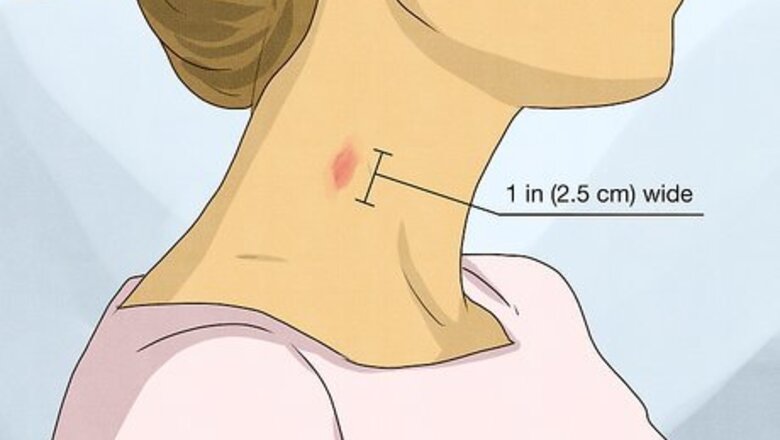
views
Size
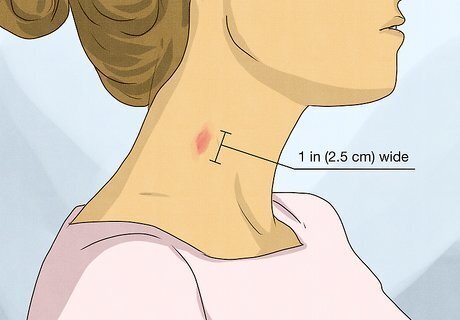
Most hickeys are about the size of a puckered mouth. While they can range in size, many are fairly small, and they’re usually less than 1 in (2.5 cm) wide. If the mark is way larger than a normal mouth size, it’s probably just a regular bruise. Look out for hickeys in a cluster. If you see a huge mark on someone, it could be a couple different hickeys next to each other.
Shape
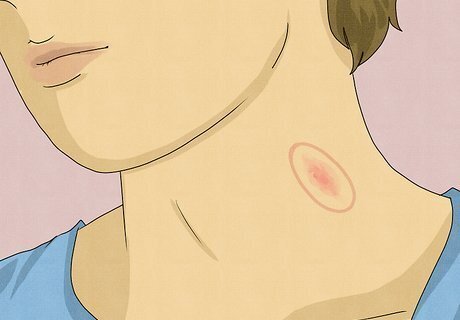
Hickeys are usually oval or circular shaped. It’s probably pretty easy to tell that they were made by a puckered mouth. However, burns from a curling iron or straightener are usually the same shape, so there are a few different possibilities. If the mark is in a perfect circle with nothing in the center, it’s probably a rash called ringworm, not a hickey.
Color
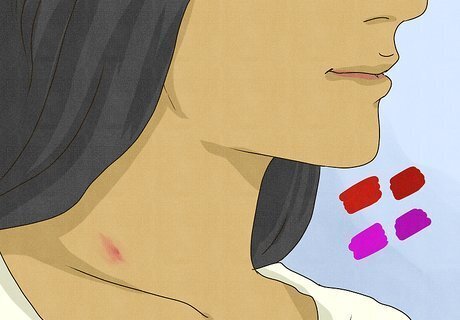
Most hickeys range from red to purple. Hickeys are bruises, so they’re usually bruise-colored. They can be red, dark red, purple, or dark purple on your skin. The color you’re seeing is the broken blood vessels underneath your skin that come to the surface. Regular bruises sometimes change colors as they heal, but hickeys generally stay the same color as they fade. If you’re trying to cover up a hickey, green color-correcting concealer is a great base layer. It will cancel out the reds and purples and make it easier to cover up.
Location
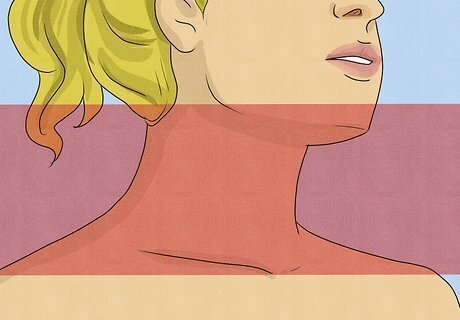
Check for a bruise on the neck or shoulder area. Most hickeys happen on the exposed skin above the collarbone. Those areas are kind of hard to bruise by accident, so a hickey is usually the culprit. People with hickeys usually cover them up by wearing scarves or turtlenecks. If the person you’re suspicious of is suddenly wearing a lot of neckwear, they might be hiding something.
Activity
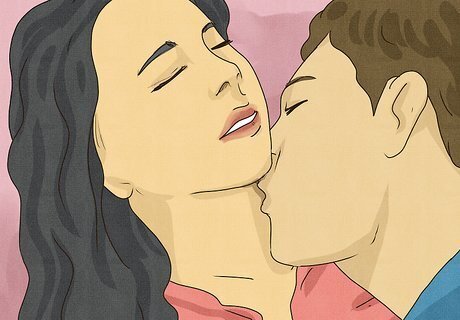
Hickeys often happen during intimate moments. If you know the person recently went on a date, there’s a good chance that it really is a love bite on their neck. If, however, they just got back from hockey practice, it might just be a normal bruise. Hickeys don’t necessarily have to happen during sex—they can happen during kissing and making out, too. If your teenager comes home with a hickey, try not to jump to any conclusions.
Timeline
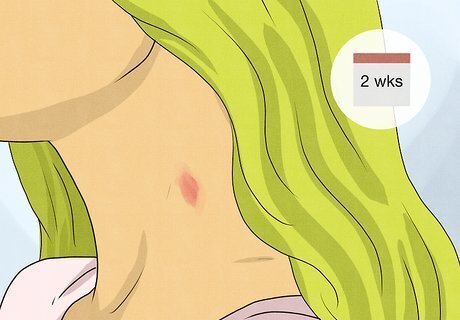
Most hickeys last around 2 weeks. Hickeys are bruises, and bruises take time to fade. Depending on the size of the hickey, it might take up to 2 weeks to fade completely from the skin. You’ll notice it getting lighter and smaller as time goes on. If the hickey doesn’t fade at all within 2 weeks, something might be wrong. Make an appointment just to be sure.
Temperature
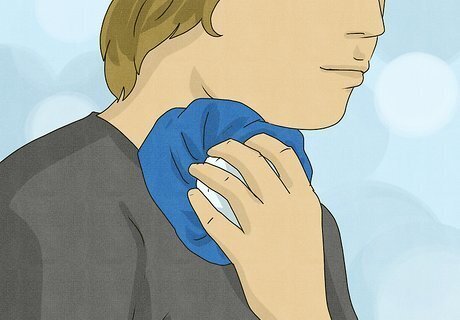
Cold things can speed up the healing process. If you notice that your friend or kid is using a lot of ice packs lately, they might be trying to fade their hickey faster. However, cold only helps so much, and the hickey will probably still be pretty noticeable. Another trick is to put a spoon in the freezer and hold it against a hickey to make it fade. If you notice a lot of your spoons are ending up frozen, it could be a clue as to what’s going on.
Age

Hickeys are much more common on younger people. That’s not to say older adults can’t give and receive hickeys; however, they’re usually better about being discreet and covering them up. It’s much more likely that you’ll spot a hickey on your teenage child than your grandmother.















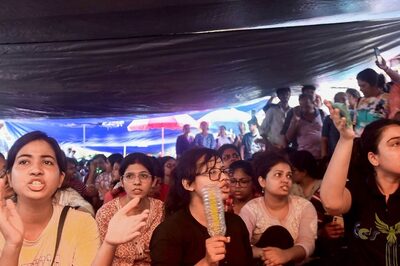

Comments
0 comment